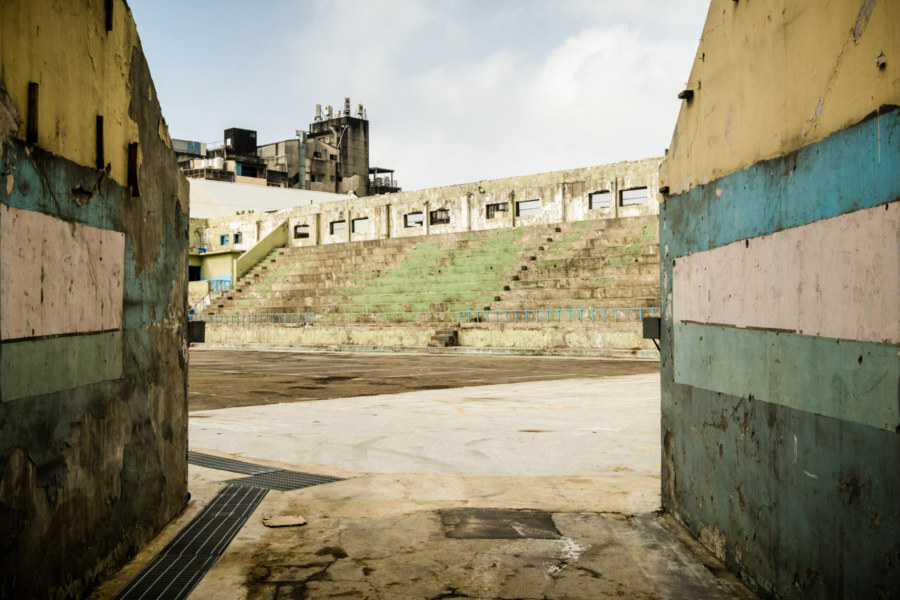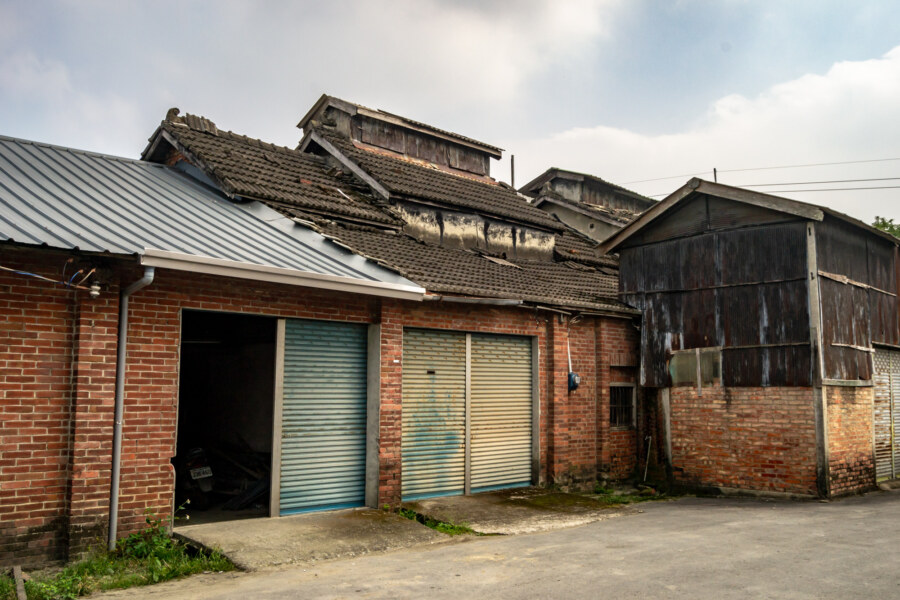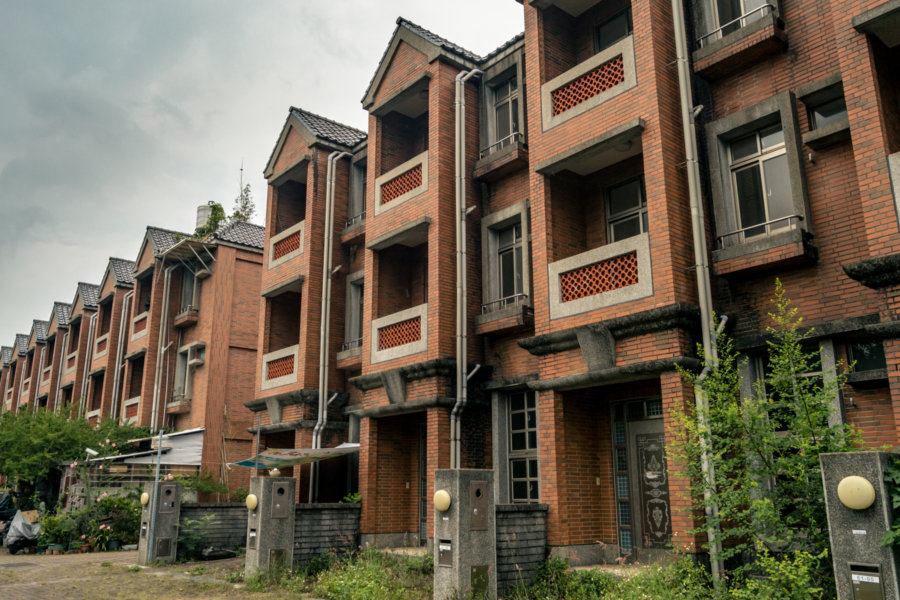Linnei is a small rural township located on the south side of the Zhuoshui River in northeastern Yunlin, Taiwan. Despite its strategic position on the Western Trunk Line this township remains mostly pastoral and undeveloped, with little industrial activity compared to neighboring Douliu, the administrative seat of the county. Population in the township peaked at nearly 23,000 in the 1970s and has been declining ever since, recently falling below 18,000 as rural flight continues apace. Nowadays the local economy mostly revolves around agricultural products such as rice, bamboo, and tea, but Linnei was once a major center of tobacco cultivation, traces of which can be found scattered across the countryside.

Mosquito halls (蚊子館) are disused and abandoned buildings constructed with public funds in Taiwan. The term was popularized by Yao Jui-Chung (姚瑞中), a professor of the arts at NTUA, and a sprawling team of student researchers known as Lost Society Document. Together they have identified and documented more than 800 sites in a series of controversial publications. Gathered here are some of my own explorations of government mismanagement and waste in Taiwan.
Kezikeng New Community 柯子坑新社區
Located on the outskirts of Zhushan, Kēzikēng New Community 柯子坑新社區 is one of several public housing projects constructed in the aftermath of the 921 Earthquake that devastated central Taiwan in 1999. Despite providing much-needed relief for those who lost their homes in the disaster there were few buyers—and today the complex remains mostly empty and disused. Built with government funds, this poorly-conceived housing project has become yet another example of what Taiwanese call mosquito halls, a term popularized by artist Yao Jui-chung 姚瑞中 and a team of student researchers known as Lost Society Document. Since 2010 they have published six volumes of Mirage, a series of works identifying more than 800 disused public properties all around the country. Some of their work was translated into English—which is how I found out about this particular locale, which I briefly visited in the summer of 2017.

